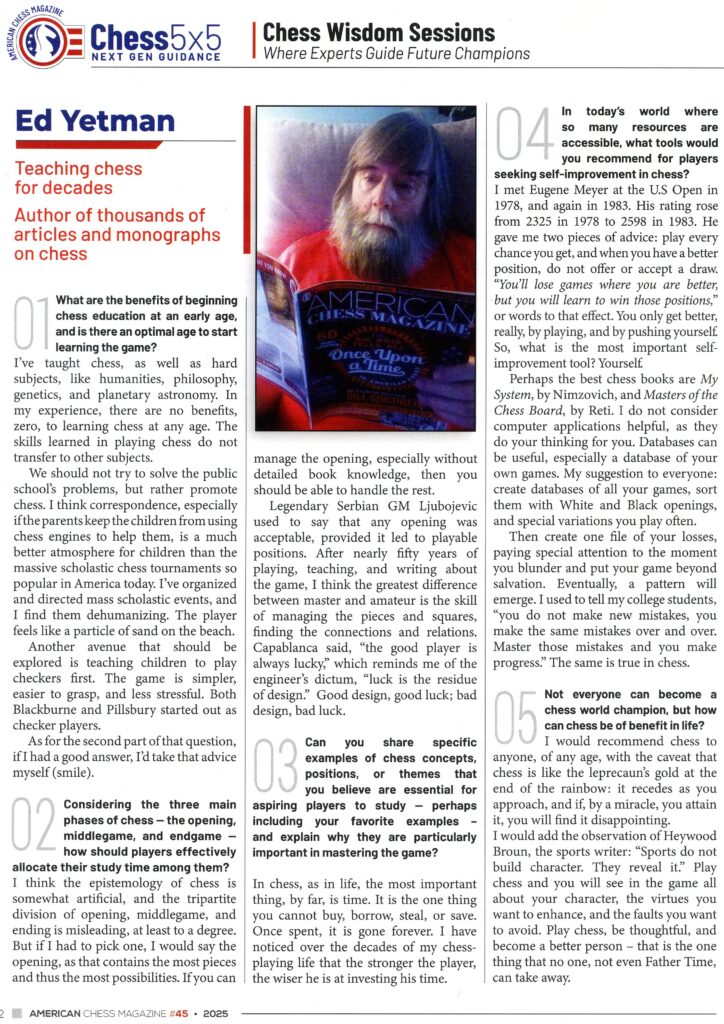I found the information below in the Chess Wisdom Session of the American Chess Magazine [#45, 2025 page 82]. Answers from questions to Ed Yetman [BTW, I highly recommend American Chess Magazine]:
“Considering the three main phases of chess — the opening, middlegame, and endgame — how should players effectively allocate their study time among them?“
“I think the epistemology of chess is somewhat artificial, and the tripartite division of opening, middlegame, and ending is misleading, at least to a degree. But if I had to pick one, I would say the opening, as that contains the most pieces and thus the most possibilities. If you can manage the opening, especially without detailed book knowledge, then you should be able to handle the rest.
Legendary Serbian GM Ljubojevic used to say that any opening was acceptable, provided it led to playable positions. After nearly fifty years of playing, teaching, and writing about the game, I think the greatest difference between master and amateur is the skill of managing the pieces and squares, finding the connections and relationships. Capablanca said, ‘the good player is always lucky,’ which feminds me of the engineer’s dictum, ‘luck is the residue of design.’ Good design, good luck; bad design, bad luck.”
